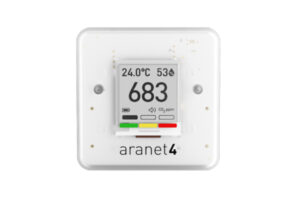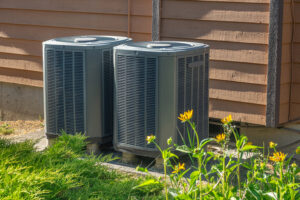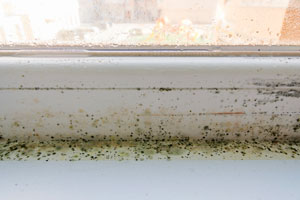
CO2 Monitoring for IAQ and Sustainability
Indoor air quality (IAQ) is a significant concern, and poor ventilation is one of the primary factors contributing to poor IAQ. Inadequate ventilation allows pollutants and contaminants to accumulate indoors, which can adversely affect human health. One of the effective ways to address poor ventilation is by monitoring CO2 levels in indoor spaces. CO2 monitoring… Read more »





